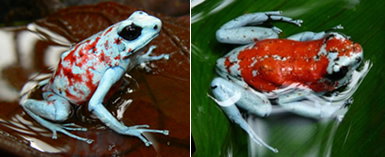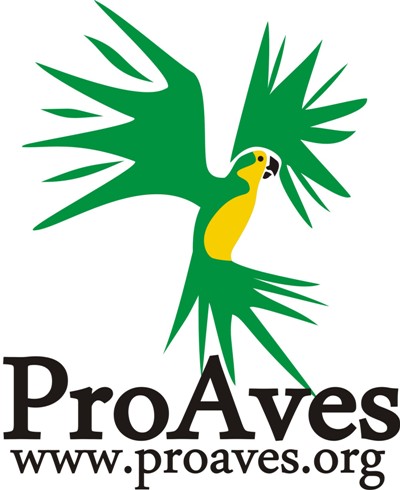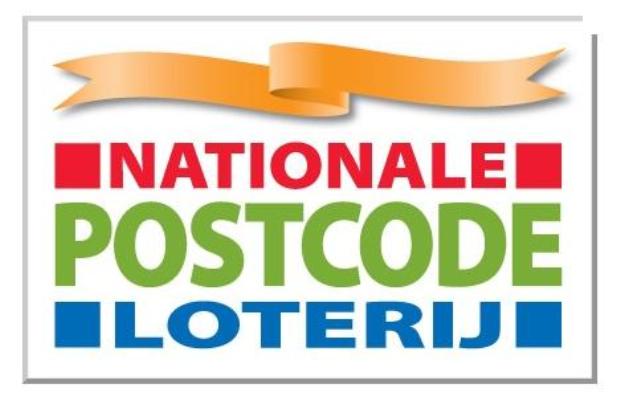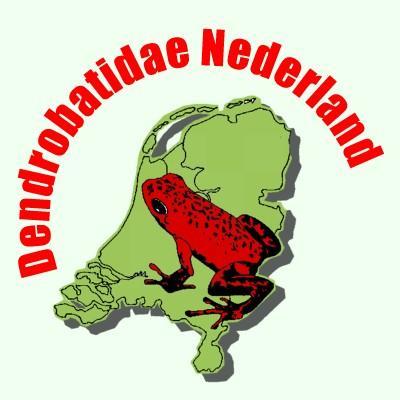Thursday 1 July 2010.
The rich biodiversity of the country is situated among the first in biodiversity in the world, occupying first place in birds and amphibians and the second in flora and butterflies.
Unfortunately for Colombia, its diversity has been the target of illegal trafficking of wildlife, after drugs and the trafficking of arms; it is one of the most profitable economic activities and greatly harms wildlife populations, whereas at present nearly 2000 species of fauna are in danger of extinction. In Colombia, the illegal wildlife trafficking affects 234 species of birds, 76 mammals, 27 reptiles and 9 amphibians (www.minambiente.gov.co), ranking second in the trafficking of species globally (www.caracol.com.co).
Illegal trafficking is like a pyramid, starting with the peasants or indigenous people who are responsible for removing species from their natural habitat, and forwarding them to an intermediary who carries them away and negotiates either within our country or makes contact with international traffickers who are ultimately responsible for making the sale abroad.
The situation is more critical because the people who traffic in biological species do not use techniques to ensure the welfare of animals, as reflected in forfeiture cases, where animals are malnourished, drugged, frozen, with fractures and in general with the consequences that imply illegal transport in the most unimaginable ways: engines, bags, tires, shoes, cylinders, etc., causing between 50 and 80% of these species to die in the long and painful journey.
 |
As stated above, the picture you have is the following, there is a wildlife extraction pressure, product of the demand from individuals and/or products to address illegal trade both nationally and internationally, a situation aggravated when one considers the amount of animals to be removed to comply with this demand under the conditions described above, becoming another cause of extinction of species.
Recently the report of the unauthorized removal of the poison dart frog (Oophaga histrionicus) in the El Pangan Bird Reserve was presented, a protected area located on the western side of the Cordillera Occidental in the foothills in the municipality of Barbacoas, Nariño, an area rich in endemic species which is being the focus of the unscrupulous wildlife traders. The particular case of extraction of amphibians belonging to the family Dendrobatidae, is motivated not only by the showy skin of their species but also for the medicinal properties of substances in their skin. In the case of the poison dart frog (Oophaga histrionicus) it is an alkaloid known to secrete spirocyclic piperidine the Histrionicotoxin, which blocks the neuromuscular transmission, and has been investigated for the manufacture of medicines. Advances in knowledge about its application in the treatment of Alzheimer’s, Down syndrome and myasthenia gravis are being made; however, it is also required as a pet by collectors of species of foreign origin.
 |
It is necessary that we become aware of the damage being done to ecosystems supporting illegal trafficking of species; this behavior is not only depleting one of the global heritages of mankind, but the most important asset that the country has. They must begin to think and understand that wild animals cannot live in captivity, they are not conditioned to do so, and they need their space, their food and to interact with individuals of the same species. Thus many of us believe that we still have time to stop this illegal market which has long-term irreversible and incalculable effects in terms of loss of our biodiversity.
Come & visit the Reserva de Anfibios Ranita Dorada
{youtube}27f2nsypylc|370|270|1{/youtube}
 |
 |
 |
